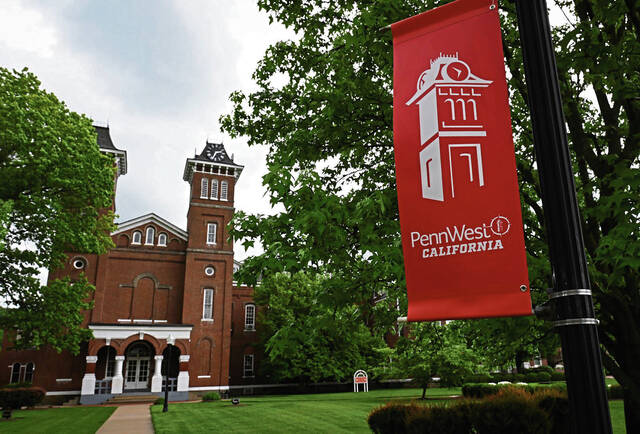Editorial: Is Pennsylvania Board of Higher Education a solution to post-secondary problems?
The University of Pittsburgh has 36 trustees. So does Temple University. Penn State has 39 — 40 if you count the governor’s nonvoting representative. Lincoln University has 38.
The Pennsylvania State System of Higher Education has a 20-member board of governors. The system includes 10 state universities.
PennWest, with campuses in Edinboro, California and Clarion, has a 15-member council of trustees. So does Commonwealth University and its three campuses. Slippery Rock’s council has 12 trustees. Indiana University of Pennsylvania has nine. Cheyney has 11, as do East Stroudsburg, Kutztown and Millersville. Shippensburg has eight, and West Chester has 10.
That’s a total of 246 various trustees and board members. You can knock off a few as repeats, but it’s a still a large number of people making the decisions for 14 schools.
How many? About 40 more than the state House of Representatives and just a few less than the whole Pennsylvania General Assembly — a group responsible for every law made and dollar spent in the fifth-most populated state in America.
But the General Assembly will have to take a back seat. With the creation of a 21-member Board of Higher Education, there are now more people making decisions about Pennsylvania colleges than there are about Pennsylvania itself.
The newly minted group had its first meeting Thursday and is looking to improve the way the state’s colleges and universities function.
“For the first time ever, Pennsylvania now has a coordinating board to create this strategic plan for higher education, connecting the dots, providing the resources that are necessary, increasing access and affordability across the board,” Gov. Josh Shapiro said.
Among its tasks is to create a funding formula for state and state-related schools — something long needed to prevent one of the perennial hurdles to passing the state budget on time. That’s a good thing.
But is it needed? Why can’t the 256 legislators elected to make such decisions do that? And what is our guarantee that lawmakers will listen to the recommendations?
More discussion and more problem-solving is always a great idea. However, the board seems like yet another layer of bureaucracy in a process where the solutions always seem to get buried in governmental jargon bound with red tape.
Remove the ads from your TribLIVE reading experience but still support the journalists who create the content with TribLIVE Ad-Free.

